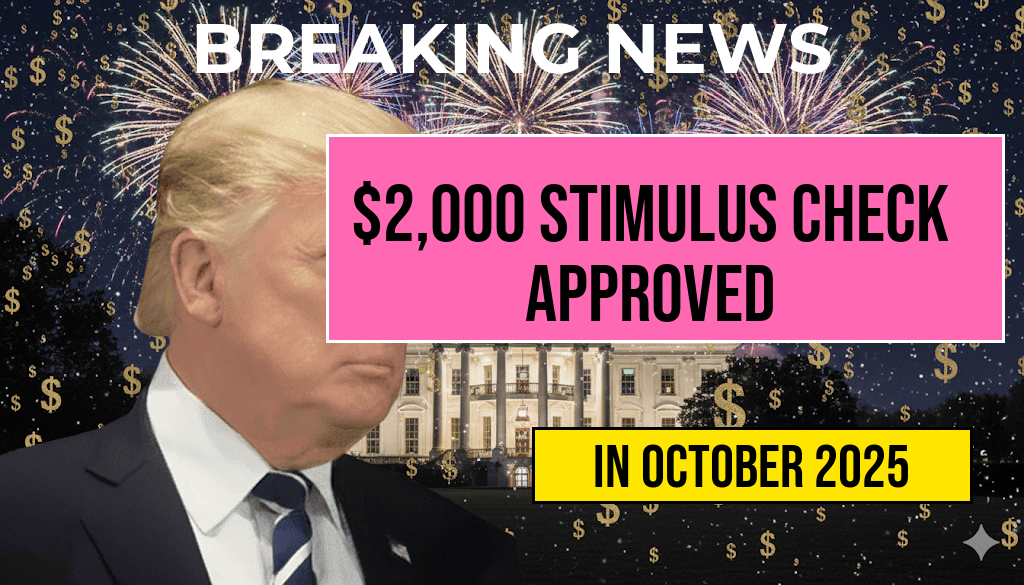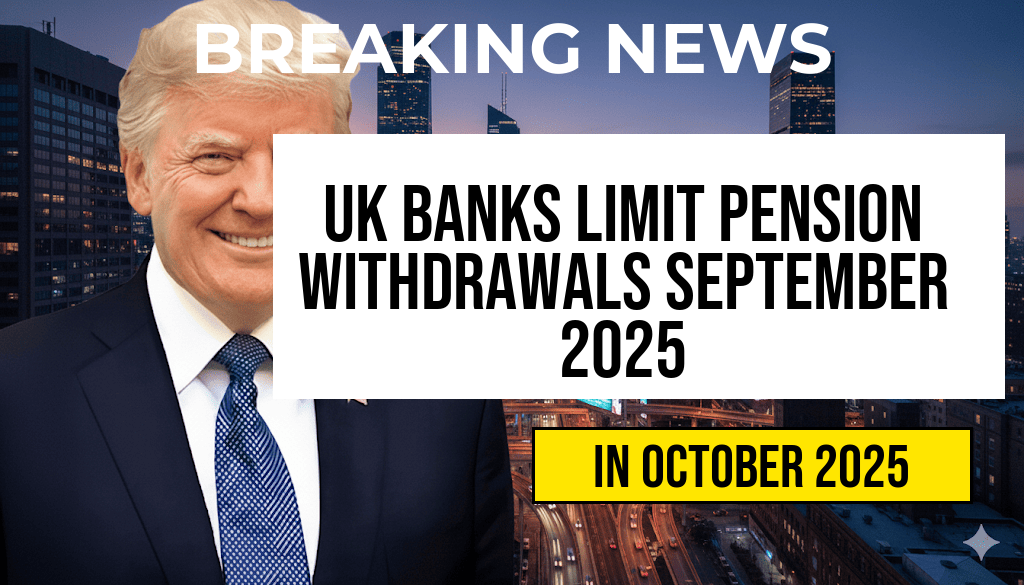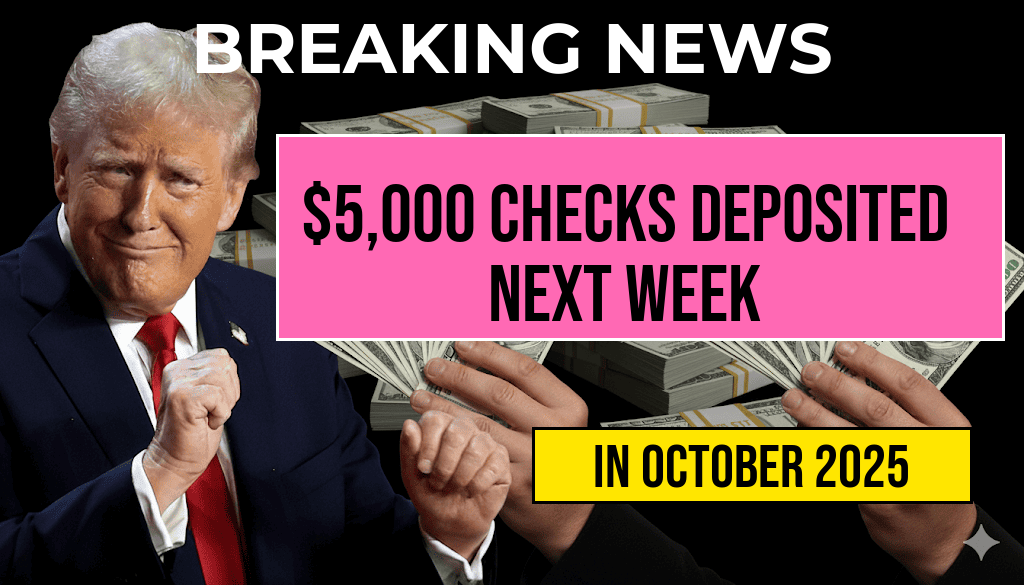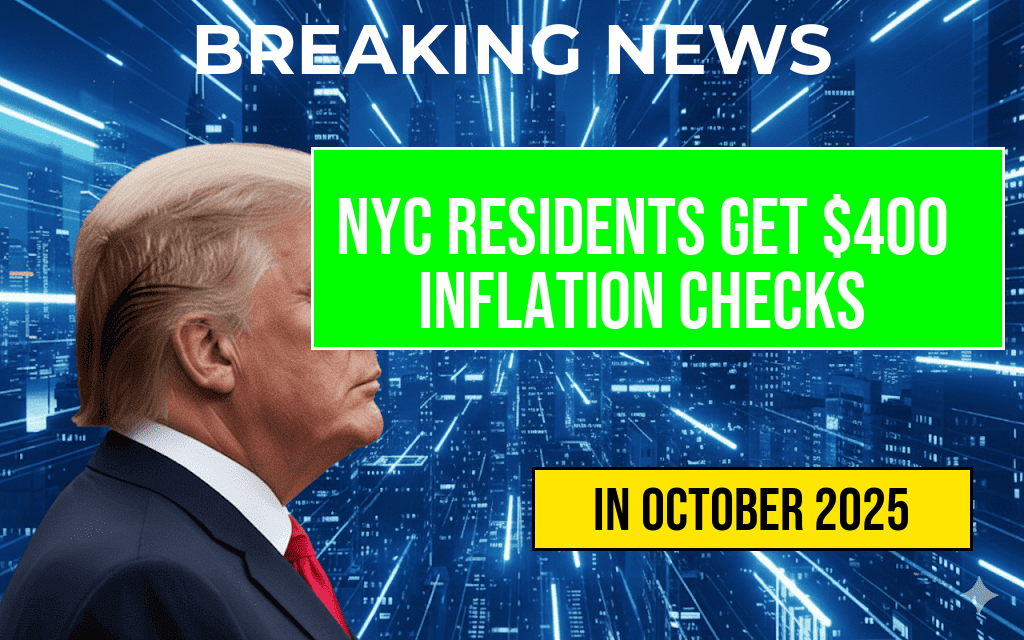The U.S. government has officially approved a $2,000 Fourth Stimulus Check aimed at providing additional financial relief to eligible Americans amid ongoing economic challenges. This new stimulus payment is part of recent legislative efforts to support households facing increased costs of living, inflation, and unforeseen expenses. Unlike previous rounds, this installment offers a larger sum, with eligibility criteria designed to target the most affected populations. Payments are scheduled to begin within the coming weeks, with deposit dates varying based on filing status and state-specific distributions. This move signals a continued commitment by policymakers to bolster economic stability for working families and vulnerable communities. As details about eligibility and deposit timelines become clearer, many Americans are eager to determine if they qualify and when they can expect their payments.
Details of the $2,000 Fourth Stimulus Check
Legislative Background and Purpose
The new stimulus initiative was introduced as part of a broader economic relief package aimed at addressing persistent inflation and rising living costs. Lawmakers emphasized that the additional $2,000 payments would serve as a crucial lifeline for households struggling to meet basic expenses. This measure follows earlier stimulus efforts, including the CARES Act and subsequent relief checks, which collectively provided billions in direct payments to Americans. The current proposal reflects ongoing efforts to adapt support programs to the evolving economic landscape, ensuring that those most in need receive targeted assistance.
Eligibility Criteria
Eligibility for the $2,000 Fourth Stimulus Check hinges on several factors, including income level, filing status, and specific demographic qualifications. While precise parameters are still being finalized, preliminary guidelines suggest that:
- Individuals with an adjusted gross income (AGI) below $75,000 per year are primary candidates.
- Married couples filing jointly with combined incomes under $150,000 are also eligible.
- Dependents, including children and elderly relatives, may qualify households for additional supplemental payments.
- Specific states may implement their own criteria, potentially expanding or narrowing eligibility based on regional needs.
Applicants must file their 2022 or 2023 tax returns to verify income and household composition. Additional criteria include residency requirements and citizenship status, with most eligible recipients being U.S. citizens or legal residents.
How to Apply or Qualify
The process for qualifying largely depends on existing tax filings and prior benefit programs. Eligible individuals are encouraged to:
- Ensure their latest tax returns are filed with the IRS.
- Register through state-specific portals if applicable, especially for states administering their own stimulus programs.
- Check official updates from the IRS or state agencies for detailed instructions and application deadlines.
Automatic payments are expected for many recipients based on prior filings, reducing the need for a new application in most cases.
Deposit Schedule and Payment Distribution
Expected Timeline for Payments
The IRS and relevant state agencies have announced that deposits are scheduled to begin within the next few weeks. Based on current projections, eligible recipients should start seeing their payments by late April or early May. The distribution process will be staggered to accommodate the volume of filings and ensure timely delivery across different regions.
Payment Breakdown and Methods
| Filing Status | Estimated Start Date | Method of Payment |
|---|---|---|
| Single filers under $75,000 AGI | Late April 2024 | Direct deposit / Mail check |
| Married filing jointly under $150,000 AGI | Late April 2024 | Direct deposit / Mail check |
| Dependents and additional qualifying individuals | Early May 2024 | Direct deposit / Mail check |
State-Specific Variations
Some states may administer their own stimulus programs or supplement federal payments. For instance, California and Colorado have previously issued their own relief checks, sometimes with larger amounts or different eligibility criteria. Recipients should consult their state government websites or official sources such as IRS.gov for the latest updates on deposit timelines and eligibility nuances specific to their region.
Additional Support and Future Outlook
Impact on Households
While the $2,000 stimulus check provides significant assistance, experts note that ongoing inflationary pressures mean that additional support measures may be necessary in the coming months. Economists continue to monitor the effectiveness of direct payments in stabilizing household budgets and spurring economic activity.
Resources for Assistance
- IRS official site for tax-related questions and updates: IRS.gov
- State government portals for regional stimulus programs
- Consumer financial counseling services for managing new funds
As the deposit dates approach, eligible Americans are advised to stay informed through official channels and prepare their banking or mailing information to receive funds promptly. The continued rollout of these stimulus payments underscores ongoing efforts to support households navigating economic uncertainties.
Frequently Asked Questions
Question
Who is eligible to receive the $2,000 Fourth Stimulus Check?
Eligibility for the $2,000 Fourth Stimulus Check depends on factors such as income level, current benefits recipients, and specific qualifying criteria set by the government. Typically, individuals who received previous stimulus payments and meet income or employment requirements are eligible.
Question
When will the deposits for the $2,000 stimulus check be made?
The deposit schedule for the $2,000 stimulus check varies by state and individual circumstances, but most eligible recipients can expect to receive their payments within the upcoming weeks as announced by authorities.
Question
How can I verify if I am eligible for the Fourth Stimulus Check?
You can verify your eligibility by checking official government websites, reviewing your recent benefit claims, or contacting the relevant agencies that handle stimulus payments. They provide detailed criteria and application processes.
Question
Are there any additional requirements to qualify for the $2,000 stimulus payment?
Yes, some requirements may include filing recent tax returns, being a recipient of certain benefits, or meeting income thresholds. It’s important to review the official guidelines to ensure you qualify.
Question
Can I receive the $2,000 Fourth Stimulus Check if I missed previous payments?
Eligibility for the Fourth Stimulus Check is generally based on current criteria and may not depend on previous payments. However, some programs prioritize ongoing eligibility or specific qualifying circumstances. Check with official sources for personalized information.






